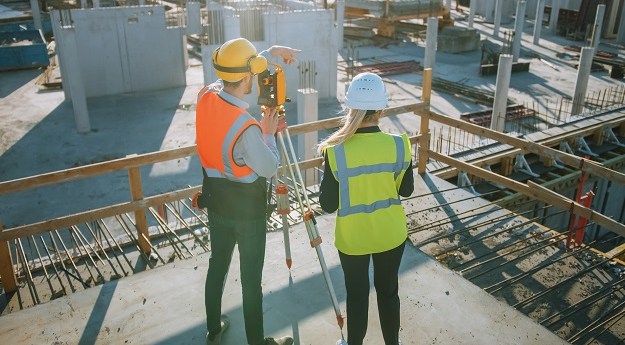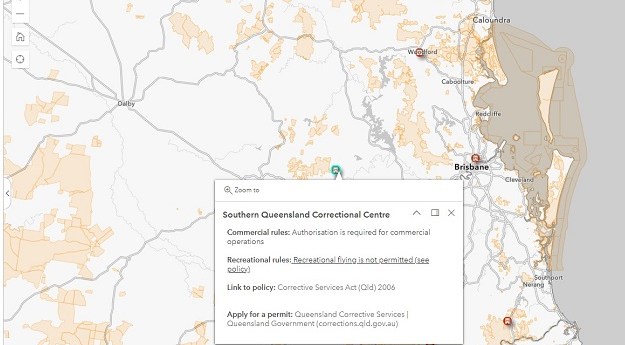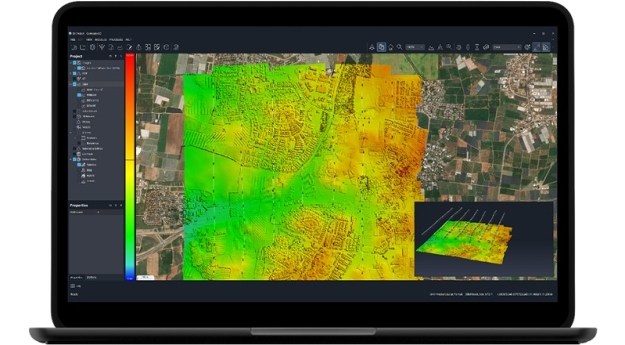Each week, Spatial Source finds the best that the internet has to offer.

Cartographers are experimenting with an explosive new way to make map art… gunpowder. Matt Dooley quickly found himself hooked on the concept of making maps with gunpowder, leading to creations such as that above. “It’s impossible to control,” he says. “So it’s an opportunity to let go, relax, and be open to surprises.” [National Geographic]

The sinking Millennium skyscraper has been dubbed the Leaning Tower of San Francisco. Engineers have tunnelled underground to try and understand the sinking of the 58-storey building. However, analysis from ESA’s Sentinel-1 satellites have been able to reveal the sinking is almost double the initial findings- 2.5 centimetres each year, and about 40 centimetres in total. [ABC News]

Small drones are already being used not only to perform aerial surveys but also to illegally traffic narcotics into prisons. With such open accessibility to these devices, authorities are looking at how they can stop drones in their tracks. Car-sized solutions, nets and eagles have been the best solutions to date, but now there is the electromagnetic Drone Shield handheld rifle. Watch the video to see how it works. [New Atlas]

Pokemon Go has catapulted Augmented Reality and Location-based games into the mainstream. The success of Pokemon Go isn’t just because of the capabilities of our smartphones, it’s because of the narrative, the story, the opportunity to be Ash Ketchum yourself. This article looks at how a group of creatives decided to create a platform for location-based experiences and why you might want to get involved yourself. [Geoawesomeness]

Earlier this year, Australia’s Great Barrier Reef has suffered the worst coral die-off on record. The scientists note that it could take 10 to 15 years for the worst-hit sections of the reef recover — but the real fear is on the way. This articles maps the damage done and the threats to come. [Vox]












